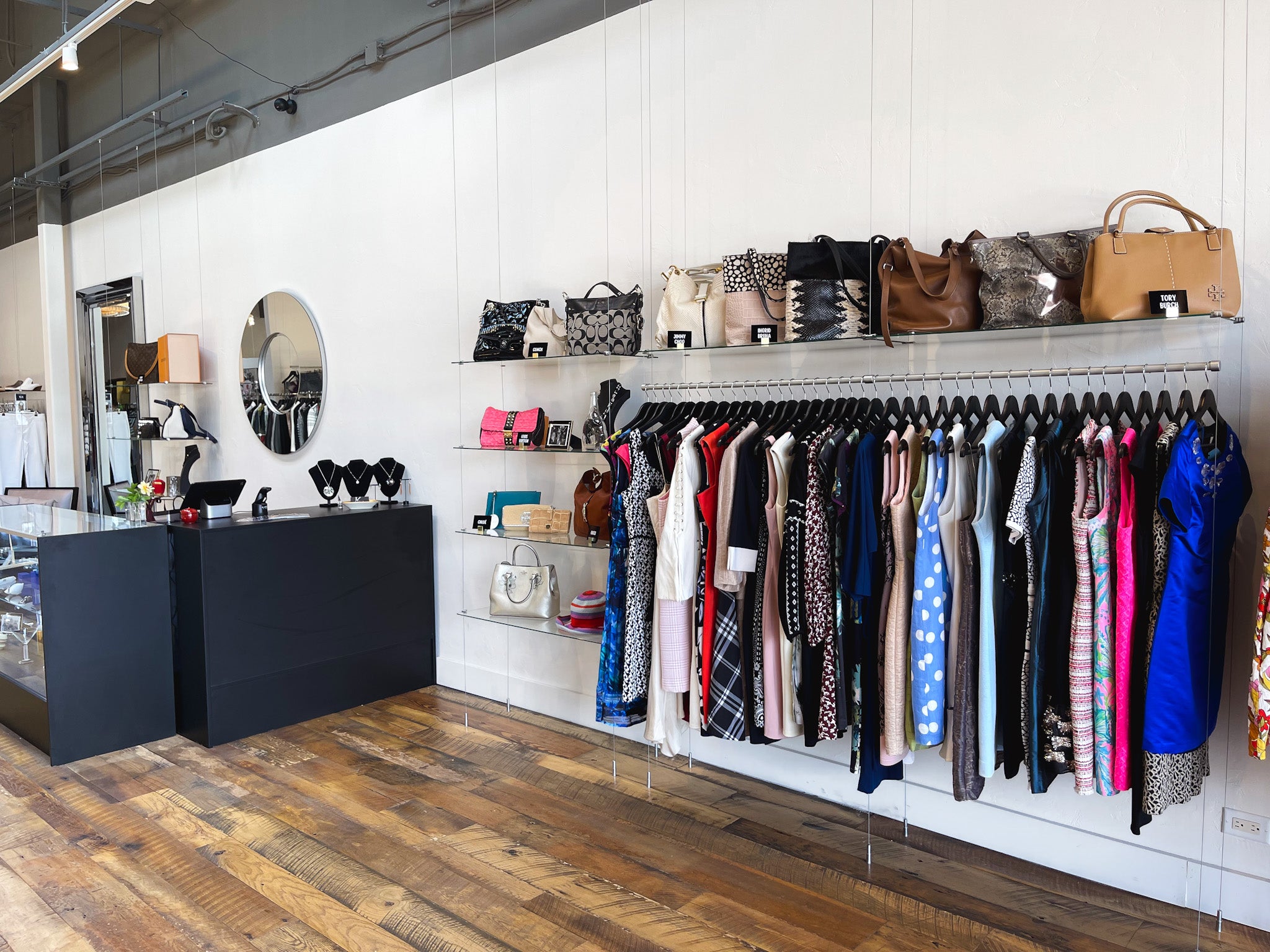A Deep Dive Into the World of High-Fashion Runways: Recognizing Clothes as Art
Designers, a lot like skillful artists, weave intricate stories via kind, textile, and color, testing conventional norms and redefining charm criteria. As we check out these sartorial spectacles, we must contemplate: what role does fashion play in forming societal worths, and exactly how does it show the ever-changing tapestry of human feeling and identification?
The Evolution of Runway Shows
The trajectory of path shows has changed dramatically over the decades, advancing from unique industry occasions to captivating eyeglasses that blend fashion with art. Traditionally, runway programs were intimate events, kept in ateliers or small places, mainly participated in by purchasers and market insiders. These early discussions concentrated on the garments' craftsmanship and business stability, providing a straight and useful display of seasonal collections.
As the fashion sector expanded, the nature of runway shows started to change. The 1970s and 1980s marked a turning factor, with designers seeking to identify themselves through more theatrical discussions. This period saw the rise of fancy collections, choreographed versions, and thematic stories, proclaiming a brand-new age where the path ended up being an experiential platform. The programs transformed right into a kind of storytelling, where each collection shared a distinctive story or concept.
In current years, technology and social media sites have better changed runway shows, making them available to an international audience. Livestreaming and digital platforms have democratized fashion, allowing enthusiasts worldwide to witness these occasions in real-time (boutique fashion). This development mirrors a broader cultural shift, where high-fashion runways work as a vibrant intersection of style, performance, and technology
Designers as Visionary Artists
Developers in the high-fashion sector have blurred the lines in between practical garment creation and the theoretical realm of art. By welcoming imaginative disciplines such as sculpture, paint, and avant-garde setups, developers craft garments that challenge standard fashion standards and raise them to art kinds.
Visionary developers draw ideas from a myriad of resources, consisting of abstract art, historical references, and personal stories. They have a distinct capability to picture and materialize concepts that push the limits of standard fashion, usually redefining visual standards while doing so. This innovative ingenuity is showcased with significant silhouettes, innovative products, and elaborate craftsmanship, which welcome visitors to experience fashion as greater than simply wearable items.
Moreover, the runway functions as a canvas for these artists, where illumination, music, and set style coalesce to produce immersive experiences. These discussions are not merely display screens of clothes however are managed efficiencies that evoke emotion and provoke thought, affirming the developer's duty as a real artist in the modern cultural landscape.
Cultural Influences in vogue
Cultural tapestry weaves its elaborate patterns right into the textile of fashion, affecting designers globally. The vibrant interchange of social stories, traditions, and signs educates and influences collections that elegance high-fashion paths.
The impact of society on style is commonly seen in the reinterpretation of conventional garments and patterns. As an example, making use of Japanese robes, Indian saris, or African prints in modern style mirrors a blend of social credibility and modern looks. Developers such as Valentino's Pierpaolo Piccioli and Alexander McQueen's Sarah Burton have been known to include rich cultural themes into Source their couture collections, equating history right into wearable art.

Advancement in Fabric and Layout
Technology in textile and layout regularly improves the landscape of high-fashion, pressing boundaries and redefining opportunities. Over the last few years, technological improvements have dramatically added to this evolution, presenting materials that test conventional perceptions. Textiles embedded with clever fibers, efficient in altering shade or managing temperature level, are no much longer restricted to the world of science fiction. Designers are progressively checking out the assimilation of modern technology, such as 3D printing, which permits the production of complex frameworks that were previously unthinkable.
Additionally, sustainability has come to be an essential style in fabric innovation. The fashion business is witnessing a rise in using eco-friendly materials, derived from recycled plastics, natural fibers, and even eco-friendly elements. These developments not just provide brand-new textures and aesthetic appeals however also address important environmental problems. Designers are welcoming these materials to craft garments that are both visually striking visit the site and mindful of their ecological footprint.
In terms of design, speculative kinds and progressive silhouettes are constantly revolutionizing the runway. By incorporating innovative techniques and unique products, developers grow garments that obscure the line in between style and art, establishing brand-new standards for creative thinking and expression in the high-fashion round.
Impact of Fashion on Culture
Fashion wields an extensive impact on society, serving as both a reflection of cultural identification and a driver for social adjustment (boutique fashion). Via its development, fashion has actually mirrored societal shifts, enveloping the zeitgeist of different eras.
Moreover, style has the power to bridge social spaces, cultivating understanding and recognition among diverse teams. As globalisation accelerates, the cross-cultural exchange of style ideas ends up being increasingly substantial, promoting inclusivity and variety. The rise of streetwear, stemming from urban subcultures, highlights exactly how style can transcend socio-economic borders, approving people a way of self-expression and empowerment.
Essentially, style is not merely concerning aesthetics; it is a vibrant force that affects values, perspectives, and societal progression (boutique fashion). By continuously interacting with social and social currents, fashion stays an essential component of the cumulative human experience

Conclusion
Developers, comparable to visionary artists, coordinate collections that reflect identification, feeling, and cultural stories, testing standard aesthetics. This crossway of fashion and creativity not only captivates target markets around the world but likewise influences societal assumptions and promotes a deeper appreciation for social diversity.

Cultural tapestry weaves its complex patterns right into the fabric of fashion, affecting designers internationally.Style possesses an extensive influence on culture, why not check here offering as both a representation of cultural identity and a stimulant for social change.